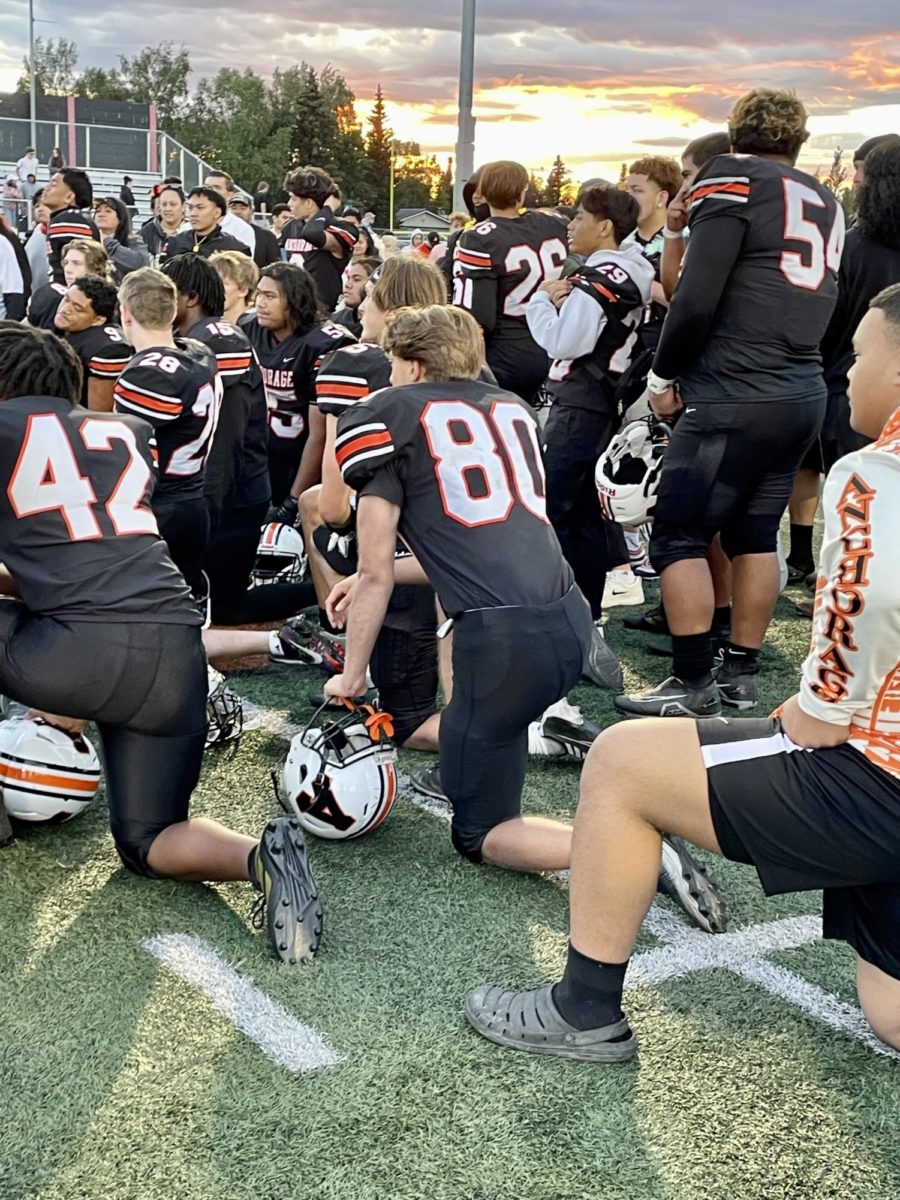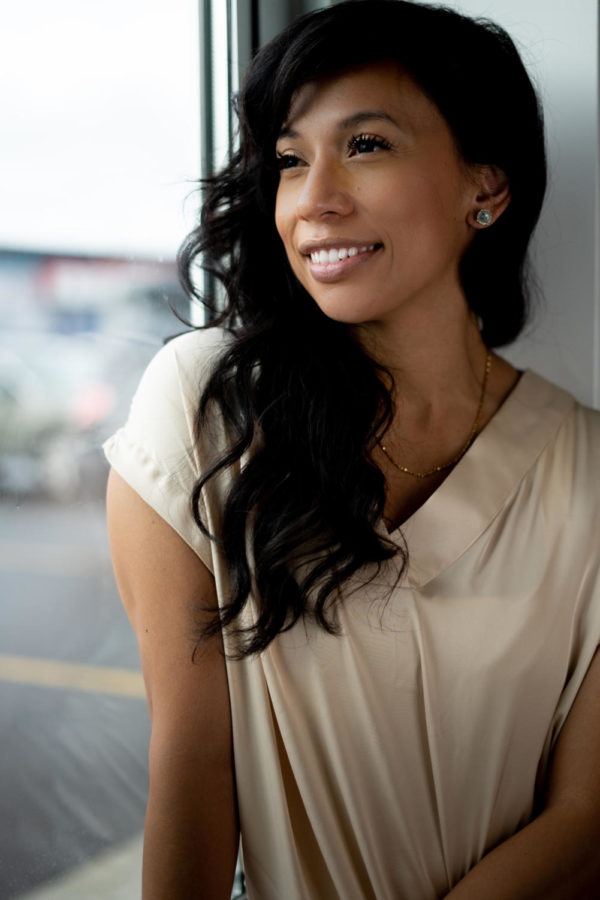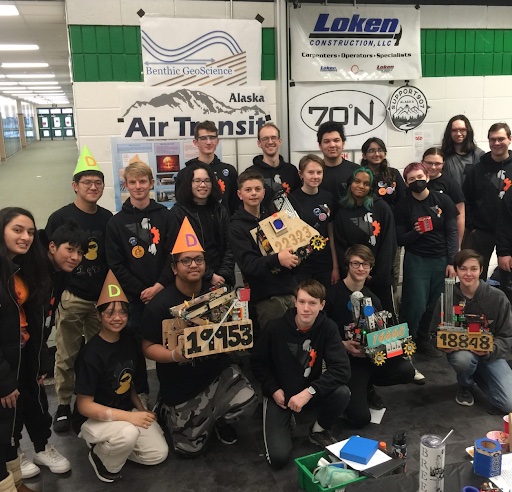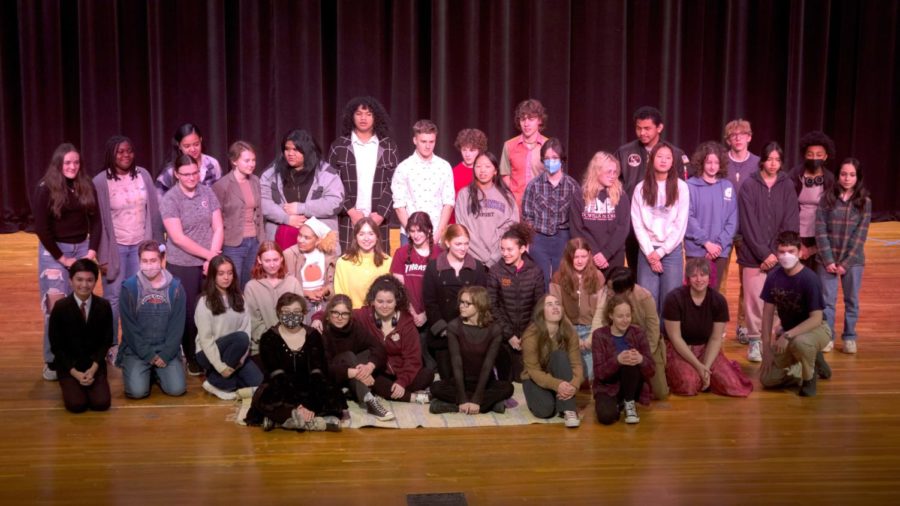Arctic Photography Exhibition
April 5, 2016
A recently added exhibit exposes the reality of the Arctic of Alaska, Greenland, Canada, and Russia through the lens of a camera. Many see the Arctic as barren, pristine landscapes untouched by human influence. Photographers Olaf Otto Becker, Brian Adams, Tiina Itkonen, Evgenia Arbugaeva, and Acacia Johnson set out to change the perspective of outside eyes, shedding a light on the great impact of mankind on the frozen environment.
Brian Adams is an Alaskan photographer who documents the people and landscapes of Alaska Native villages with a phenomenal eye. Tiina Itkonen who currently lives in Helsinki, Finland, traveled around by several means of transportation twice a year, to capture miles of coastline of Greenland. Born in Travemunde, Germany, Olaf Otto Becker takes powerful photos of the rainforest and Arctic showing the beauty of landscapes and the environmental change brought on by human presence. Evgenia Arbugaeva shows her homeland of Tiksi, the Arctic coast of Siberia. Acacia Johnson documents her time spent in Greenland, through expeditionary photos of nature and landscapes.
Each photographer has a unique way of capturing the places they visited, but all represent the same general idea that the Arctic is so much more than the empty stereotype. The photographs show the unexpected abundance of color and life existing in the Arctic, with photos varying from magnificent landscape shots, to powerful images of native people. “I think there are opportunities for stereotypes to be reinforced, but if you open your eyes there are opportunities to see more,” said Monica Shah, Director of Collections at the Anchorage Museum. “You can learn by exposing yourself to these places through this photography.” Shah is in charge of all artifacts and pieces that come to the museum.
For these artists visiting the places shown weren’t a one-time adventure. Most of them visit on a regular basis, building an intimate relationship with the place. They then use their personal relationship with the it to portray the land and its people as accurate as can be.
Depending on people’s views of the Arctic before seeing it, the exhibit could inspire some to visit these places or at least become more educated about the reality of these places. “For me the exhibition is about looking at the Arctic as one place across these arbitrary borders.” Said Julie Decker, Museum Director. “I think taking away that notion that these are untouched places, that they haven’t been populated, by seeing people and the landscapes, and changes of the landscapes, I think humanizes the places in a way that’s important.”
Varying opinions have shaped the stereotypes about the Arctic, but with passionate artists like Johnson, Arbugaeva, Adams, Itkonen, and Becker, there is possibility for stereotypes to be shattered and replaced by a fascination and appreciation of the Arctic.







Gunnar • May 5, 2016 at 12:00 pm
Interesting story, a photo really does tell a 1,000 words and from what I can tell from the article, the artist captured this quite well.